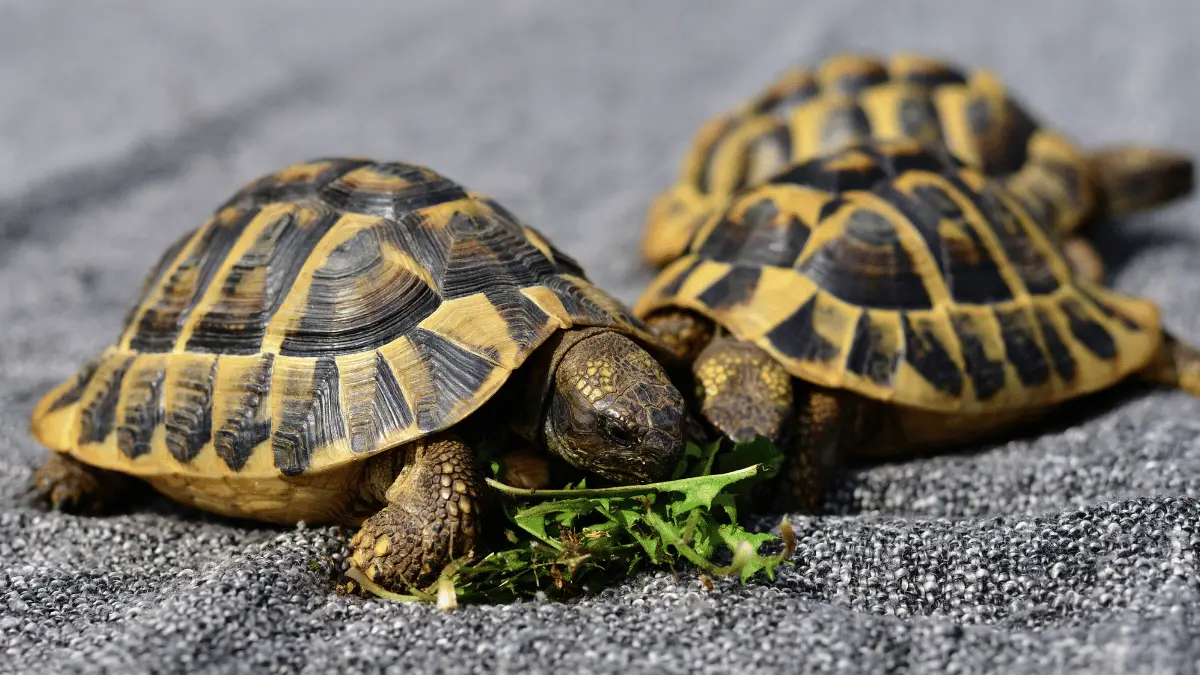Exploring the Food Chain of Green Sea Turtles
Discover the fascinating food chain of green sea turtles. Learn how to protect these majestic creatures and their ocean habitat.
Green sea turtles are fascinating creatures that can be found in the warm waters of the world’s oceans. They are herbivores and have a diet that is primarily made up of seagrasses and algae. In this blog post, we will explore the food chain of a green sea turtle and how they fit into the ecosystem.
Seagrass and Algae: The Primary Food Sources
As mentioned, green sea turtles are herbivores, which means that they feed on plants. Seagrasses and algae are the primary food sources for green sea turtles. Seagrasses are flowering plants that grow in shallow, sandy bottoms of the ocean, and are a vital source of food for many marine species. Algae, on the other hand, are simple aquatic plants that can be found in the ocean, freshwater, or even on land. They are a primary source of food for many aquatic creatures, including green sea turtles.
Consumption of Seagrass and Algae
Green sea turtles have a specialized diet that helps them digest the tough seagrasses and algae. They have a beak-like mouth that is specially designed to cut and tear the vegetation. Once the vegetation is ingested, it passes through their digestive system, where they extract the nutrients they need.
The Role of Green Sea Turtles in the Food Chain
Green sea turtles are an essential part of the marine food chain. As herbivores, they help control the growth of seagrass and algae by consuming them. This helps to prevent overgrowth, which can be harmful to other marine life in the ecosystem.
Additionally, green sea turtles are also a source of food for many predators in the ocean. They are preyed upon by sharks, crocodiles, and large fish. However, they are also protected by their hard shell, which acts as a defense mechanism against these predators.
Conservation Efforts
Green sea turtles are listed as endangered species by the International Union for Conservation of Nature (IUCN). Over the years, their populations have declined significantly due to habitat loss, hunting, and pollution. Many conservation efforts are underway to protect these creatures and their habitats.
One of the most significant conservation efforts for green sea turtles is the protection of their nesting sites. Female green sea turtles will come ashore to lay their eggs in the sand. These nesting sites are protected by various organizations, and the eggs are monitored to ensure they hatch safely. Once the baby turtles hatch, they make their way to the ocean, where they begin their journey in the food chain.
Conclusion
In conclusion, green sea turtles play a vital role in the marine food chain. Their diet of seagrass and algae helps to regulate the growth of these plants, which is essential to the ecosystem. As herbivores, they are also preyed upon by various predators in the ocean. It is crucial that we continue to protect these creatures and their habitats to ensure their survival in the wild. By understanding the food chain of green sea turtles, we can appreciate the significance of their role in the marine ecosystem and work towards their conservation.
-

Zoo Med: The Ultimate Turtle Food
-


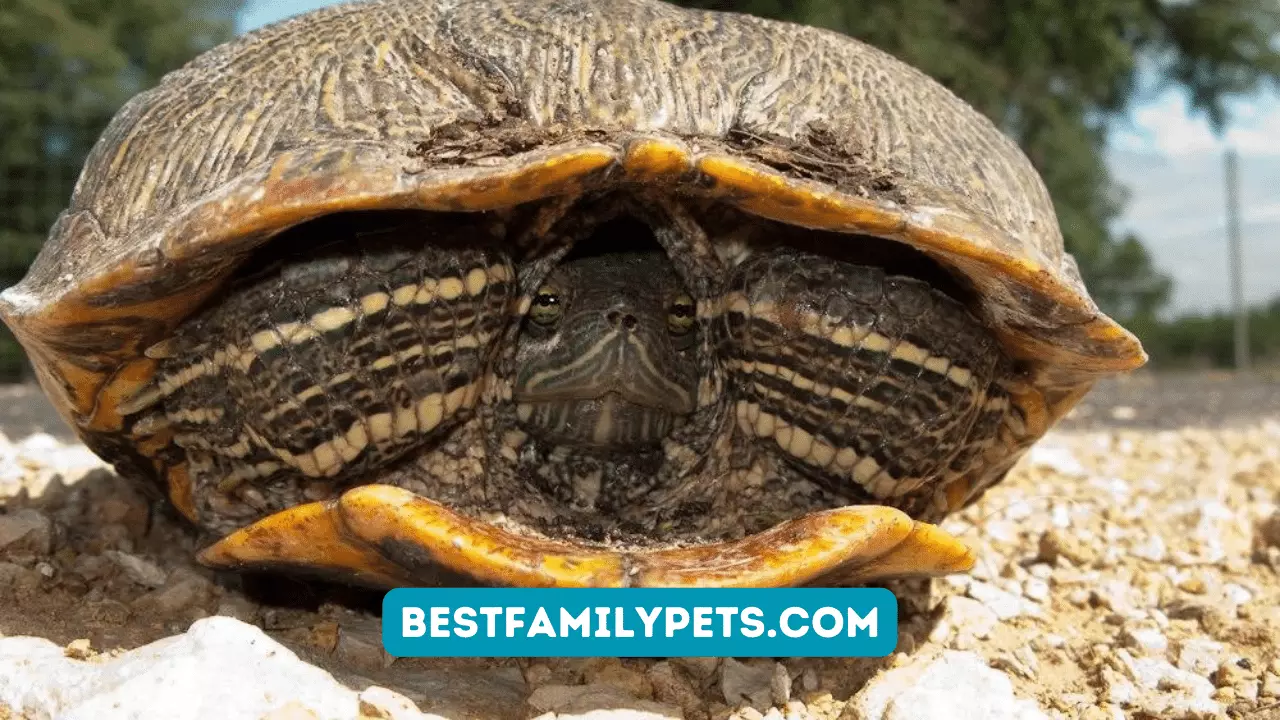
Do Turtles Hibernate? – The Ultimate Guide
-



Choosing the Right Turtle Food Bowl: Tips and Recommendations
-


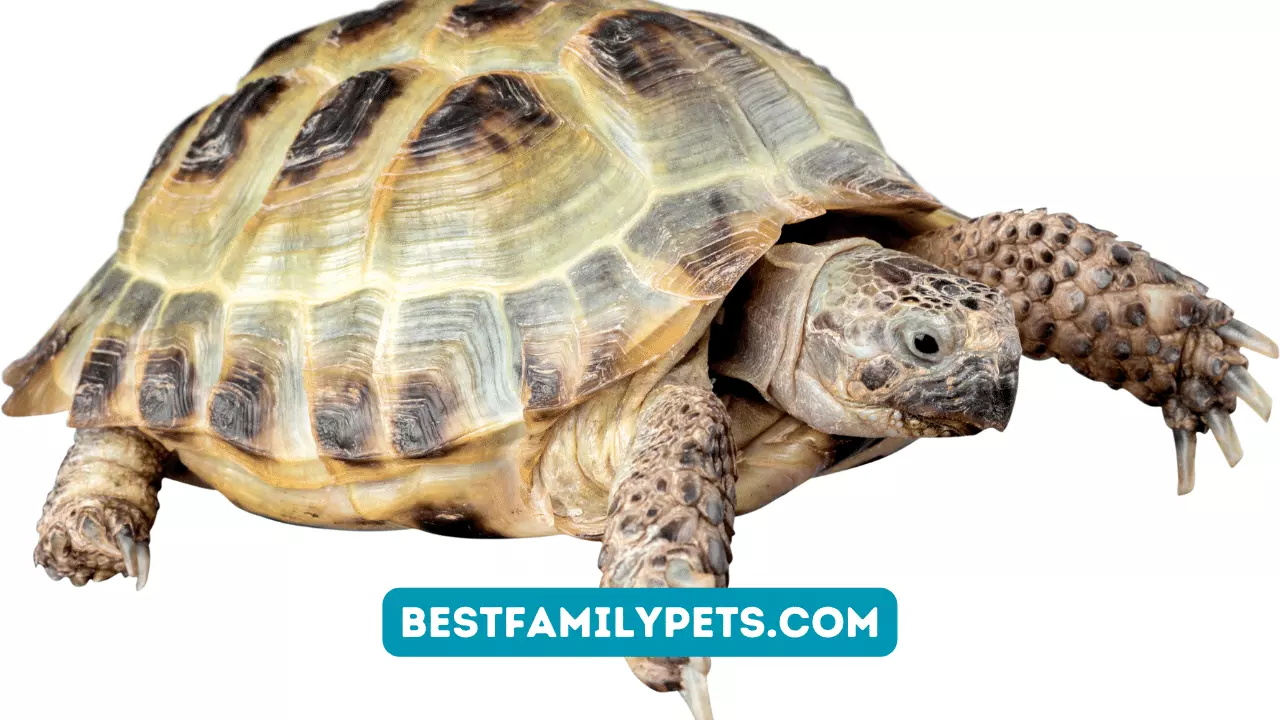
Healthy and Pleasant: Benefits of Low-Odor Turtle Food
-



Turtle Time: Tips for Properly Petting Your Tortoise
-


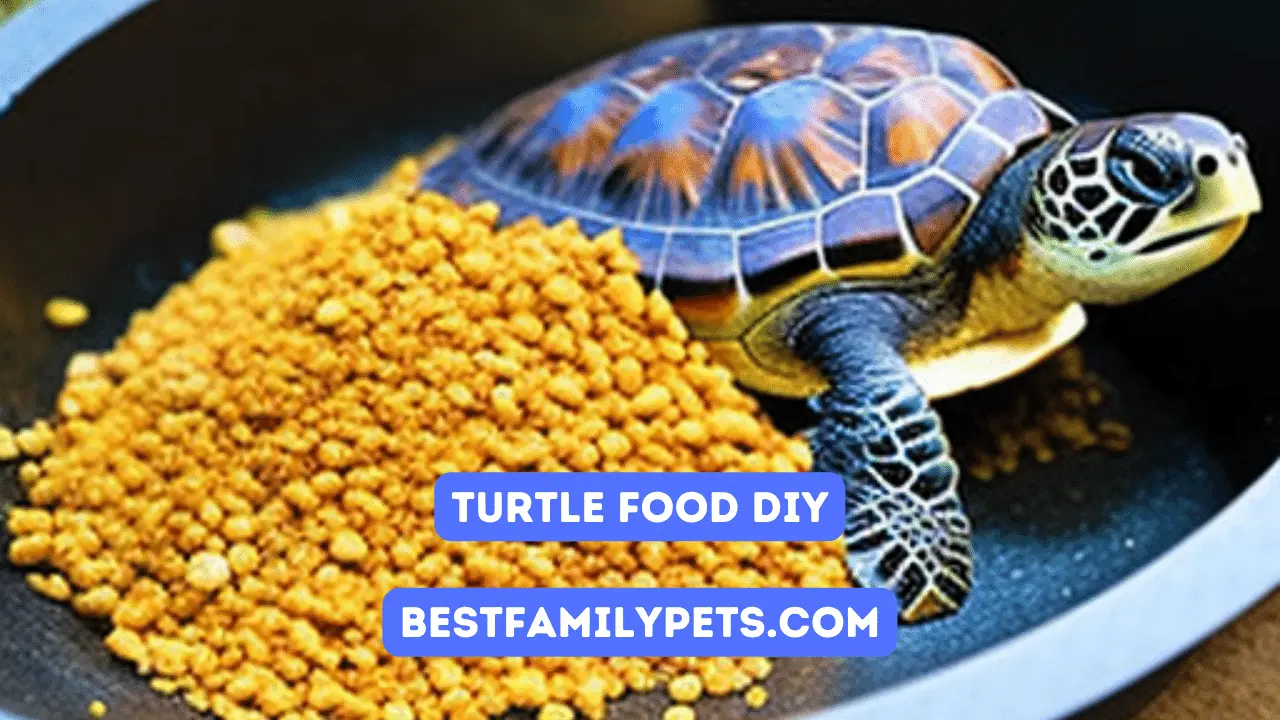
DIY Turtle Food: Save Money and Keep Your Turtle Healthy
-


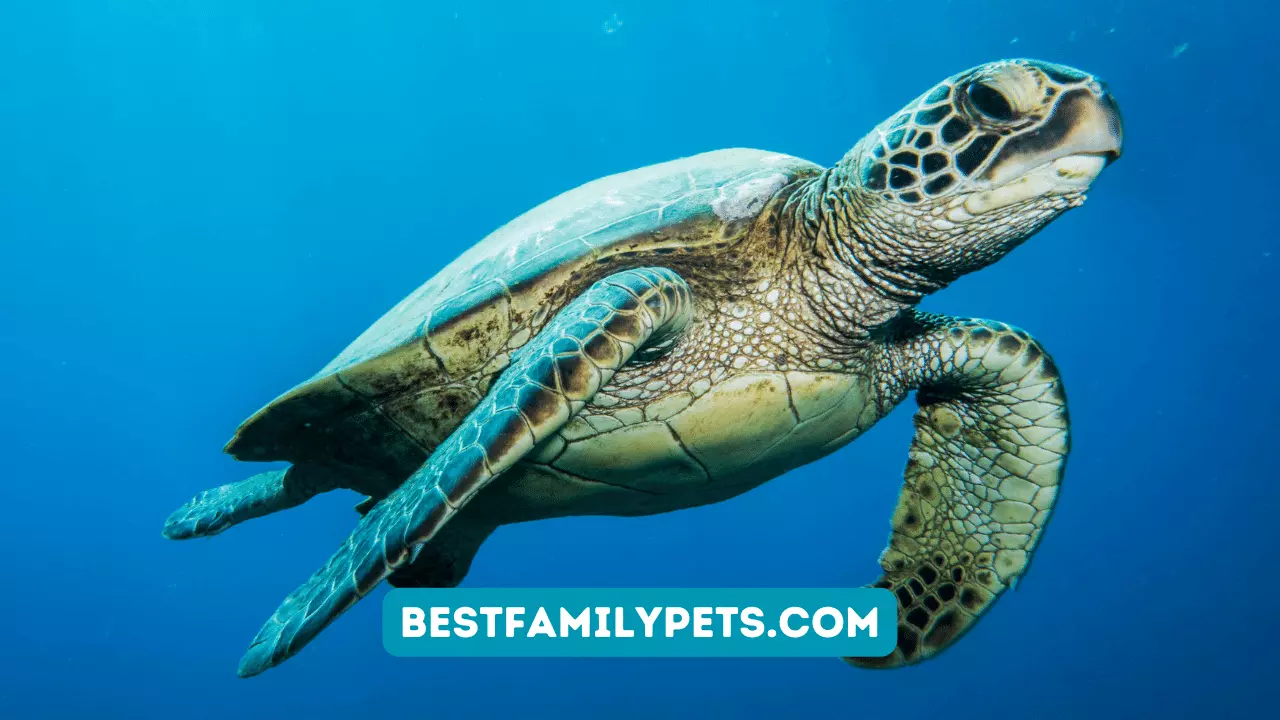
Exploring the Food Chain of Green Sea Turtles
-



Tortuguera: Which is the Best of 2023?

